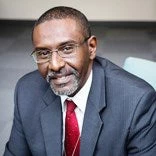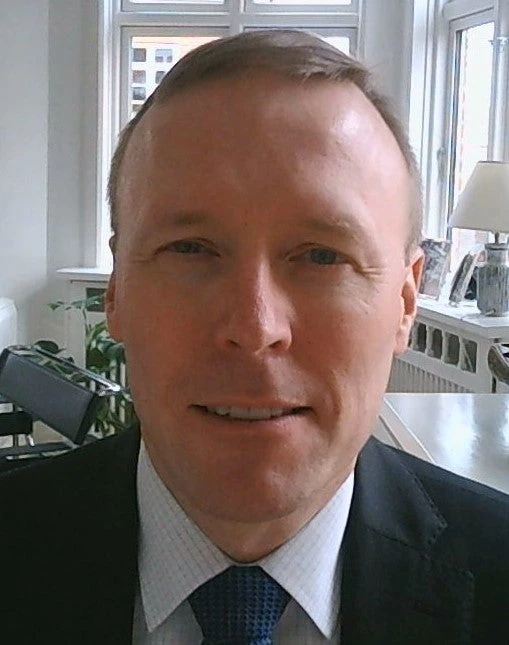 Solar energy and water condensing 'trees' structures at Expo 2020 Dubai (2021). (Aleksandra Tokarz/Shutterstock.com)
Solar energy and water condensing 'trees' structures at Expo 2020 Dubai (2021). (Aleksandra Tokarz/Shutterstock.com)
Climate change is a fundamental threat to human development at all levels. Climate change may push over 130 million into poverty by 2030 and cause the domestic migration of over 200 million people by 2050 according to a World Bank Group (WBG) analysis . Investing in adaptation is therefore critical as billions are spent on mitigation and adaptation to climate change.
Climate finance is an essential component to enabling climate action, and large-scale investments are needed. The WBG, the biggest multilateral funder of climate investments in developing countries, delivered over US$109 billion in climate financing between 2016 and 2021, including a record $26 billion in FY2021. The WBG’s Climate Change Action Plan (CCAP) committed US$25 billion on average in annual financing between fiscal years 2021 to 2025 for initiatives that lower Greenhouse Gas (GHG) emissions and foster adaptation, while reducing poverty and improving development outcomes.
With this huge amount of public financing involved, the key question becomes: are the finances being spent for the intended purposes effectively and efficiently? This is where Supreme Audit Institutions (SAIs) come in. These entities ensure effective and transparent climate finance, and are thus very important in helping governments in MENA improve their performance by a) auditing governments’ climate change programs and b) providing information on the effectiveness and efficiency of climate finance. Environmental and climate audits are increasing globally. Environmental audits evaluate authorities’ actions in addressing environmental problems through environmental policies and programs.
INTOSAI, the umbrella organization of SAIs, has recognized the importance of environment and climate change for decades, and has supported its members in conducting audits of preparedness and implementation of the Sustainable Development Goals (SDGs), including SDG13 which focuses on Climate Action. INTOSAI’s Working Group on Environmental Auditing (WGEA) comprises 82-member SAIs working to increase expertise in environmental auditing globally and enhancing environmental and climate governance with high quality contribution and visibility. This includes developing audit methodologies and platforms for best practice exchange.
The latest WGEA Secretariat survey covering financing in 2018-2020 found that:
- the number of environmental audits and auditors conducting them is increasing globally
- SAIs will pay more attention during the next few years to climate change adaptation; and
- environmental auditors consider problems related to the quality and availability of data to be the biggest obstacles in their work.
This is why there is a major need for more research in order to support audits on climate finance. The WGEA launched a research paper during the Raising Resilience (Climate Change) Assembly held earlier in July 2022 that focuses on assessing national progress towards the SDG 13 climate goal and conducting performance audits. It aims to provide 2 tools: indicators or criteria that SAIs can use when auditing climate finance; and a roadmap for designing a series of audits that collectively provide information on progress toward higher-level climate finance targets.
And as countries in MENA work with SAIs to audit their climate action financing, they can look to the SAI of the United States (GAO) which created the Disaster Resilience Framework to serve as a guide for analysis of government actions to facilitate and promote resilience to natural disasters. The Framework can be used as criteria for adaptation audits. It is organized around three broad principles and a series of questions that those who provide oversight or management of government efforts can consider when analyzing opportunities to enhance their contribution to national disaster resilience.
The WBG recognizes Supreme Audit Institutions—the countries’ public external auditors—as key partners in improving public governance systems and assuring implementation of SDGs, especially as countries increase more investments in climate action. The WBG has been supporting SAIs for decades at the global, regional, and country levels to develop fundamental capacities as financial, compliance, and performance audit. Environment audits are being conducted in the context of both performance and compliance audits. The World Bank supported the SAIs of Iraq and Saudi Arabia in developing their performance audit capacity. The World Bank will continue supporting SAIs in further developing their capacity including to perform environment audit, especially, when their basic audit capacities and functions are ready.






Join the Conversation